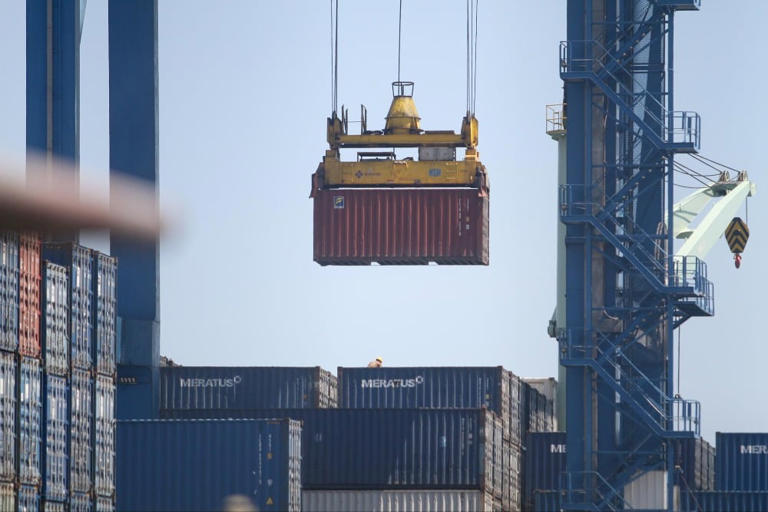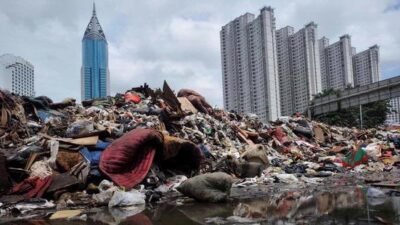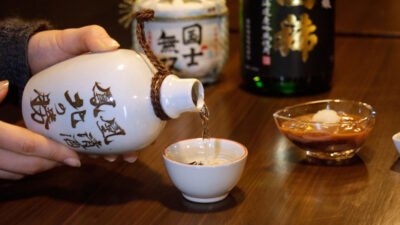As the global economy begins its slow recovery from recent disruptions, a troubling trend continues to shadow the Asia-Pacific Economic Cooperation (APEC) nations: stagnant export growth. Analysts warn that the legacy of former U.S. President Donald Trump’s trade tariffs—particularly those imposed during the U.S.-China trade war—continues to hinder momentum across the region.
Although the Biden administration has softened its tone, many tariffs remain in place, creating structural barriers that APEC economies must navigate.
📉 Lingering Tariffs Disrupt Trade Flows
Trump-era tariffs, originally aimed at reducing the U.S. trade deficit, had far-reaching consequences, especially for export-heavy nations like China, Vietnam, and Malaysia. These tariffs not only disrupted traditional supply chains but also forced companies to relocate production, delay shipments, and absorb higher costs.
As a result, export growth in key APEC members has been far from optimal. Even with strong demand from global markets, exporters face reduced competitiveness due to higher input and compliance costs triggered by the tariffs.
🔄 Supply Chain Adjustments Are Not Enough
While some nations have attempted to restructure their supply chains—such as shifting manufacturing hubs to Southeast Asia or renegotiating bilateral trade agreements—these adjustments take time and do not fully offset the impact of trade restrictions.
In addition, new geopolitical tensions and fragmented global trade policies continue to complicate recovery efforts. The ongoing rivalry between China and the United States, for example, keeps uncertainty high, discouraging long-term investments in cross-border commerce.
📦 Small and Medium Exporters Hit the Hardest
Interestingly, it’s not just large exporters who are affected. Small and medium-sized enterprises (SMEs)—which form the backbone of many APEC economies—face even greater challenges. Unlike multinational corporations, SMEs often lack the resources to adapt quickly to shifting regulations, tariff structures, and changing demand.
Consequently, many SMEs have been forced to reduce output, delay expansion plans, or exit export markets altogether, further dampening the region’s trade prospects.
🌏 The Path Forward: What APEC Economies Should Prioritize
To mitigate these headwinds, APEC nations must collaborate more closely on lowering intra-regional trade barriers and investing in digital trade infrastructure. Leveraging regional trade agreements like the Regional Comprehensive Economic Partnership (RCEP) may also help cushion the blow of external tariffs.
Furthermore, governments need to offer stronger support to SMEs, including tax incentives, digital export training, and access to diversified markets beyond traditional partners like the U.S.
✅ Conclusion: APEC’s Export Engine Needs Recalibration
In summary, Trump-era tariffs continue to haunt APEC exporters, with growth projections subdued well into 2025. While the global market is ripe with opportunity, the lingering barriers call for strategic policymaking and deeper regional cooperation.








